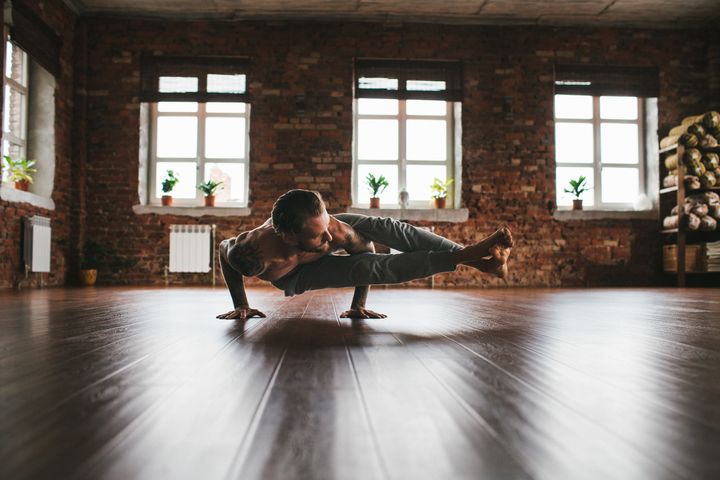Going too hard and too fast isn’t a good strategy for hitting your peak fitness in a sustainable way.
Giving specific groups of muscles enough time to recover after you’ve worked out is every bit as important as doing the exercise in the first place, as the downtime gives your muscle tissue a chance to heal and come back, stronger.
In fact, According to the American Council On Exercise: “higher training volumes and intensities are possible without the detrimental effects of overtraining.” In other words, slow and steady wins the race: a mix of sharp workouts with thoughtful chill periods.
Don’t worry, your hard work isn’t at stake. Research shows that it takes about 10 days of not training for your cardio fitness to decline. But without proper planning, a rest day can quickly turn into a cheat day, making it a hell of a lot more difficult to get back on track.
Here’s how it’s done.

Keep moving
Depending on your level of training, a bit of light exercise can help keep things ticking over on your rest days. Try walking or cycling to work, go for a (steady) swim, a walk with friends or YouTube some light, static exercises to do in front of the TV.
We’re not talking going to the gym here. Focus on giving your mind a bit of a break, don’t count laps, or reps, just move a little.

Get acquainted with a foam roller
Repetitive actions (like running, or squats, or pretty much any exercise) tighten the connective tissue (AKA fascia) in your muscles. Self-myofascial release (basically massage, but let’s keep things science-y) loosens your muscles up a bit, and allows you to focus on problem areas like your IT band, calves and quads.
Foam rolling applies pressure to your muscles, without the help of a costly sports massage. It can improve muscle condition in the long run and get you back to optimal performance levels tomorrow.
It’s painful, but it’s worth it.

Re-fuel
It might be tempting to use your rest day as an excuse to give in to your junk food cravings. But to make the most of your calm time, it’s important to give your nutrition just as much thought as you would on a training day.
Have a nourishing breakfast, a protein-filled lunch and find yourself way less likely to dial in a pizza come evening time.

Get ahead with prep
Sure, it can be tempting to spend your rest day on the sofa. But those clichés about failing to prepare didn’t come out of nowhere.
Your training plan will be easier to follow if you use the extra hours you have in your rest days to get ahead: sort out your diary, book in some classes and get your meals ready – you’ll thank yourself when you’re rushing from the gym, to work, and back again.

Find your inner chill
Rest days are a good opportunity to support your training with the stuff you normally just don’t have time for. If you can’t take a day of sitting around, think about going to a light yoga class – look out for Yin or restorative practices. As well as improving flexibility, a slow, meditative yoga class will encourage you to focus on your breathing and turn your mind off.
Besides, nailing the ability to get a little bit zen and breathe through long poses might just give you the edge in your next workout.

Sleep, sleep, sleep
A strict regime can have a negative effect on sleep. That could simply be because you’re getting up extra early to squeeze in some training or, as some studies have shown, because overtraining is disrupting your body’s ability to switch off.
But studies have also shown that not getting enough sleep can have a negative effect on exercise performance (as well as mood, cognitive function, general well-being). Long story short? Use your rest days to get to bed earlier, or get a much needed lie-in.
